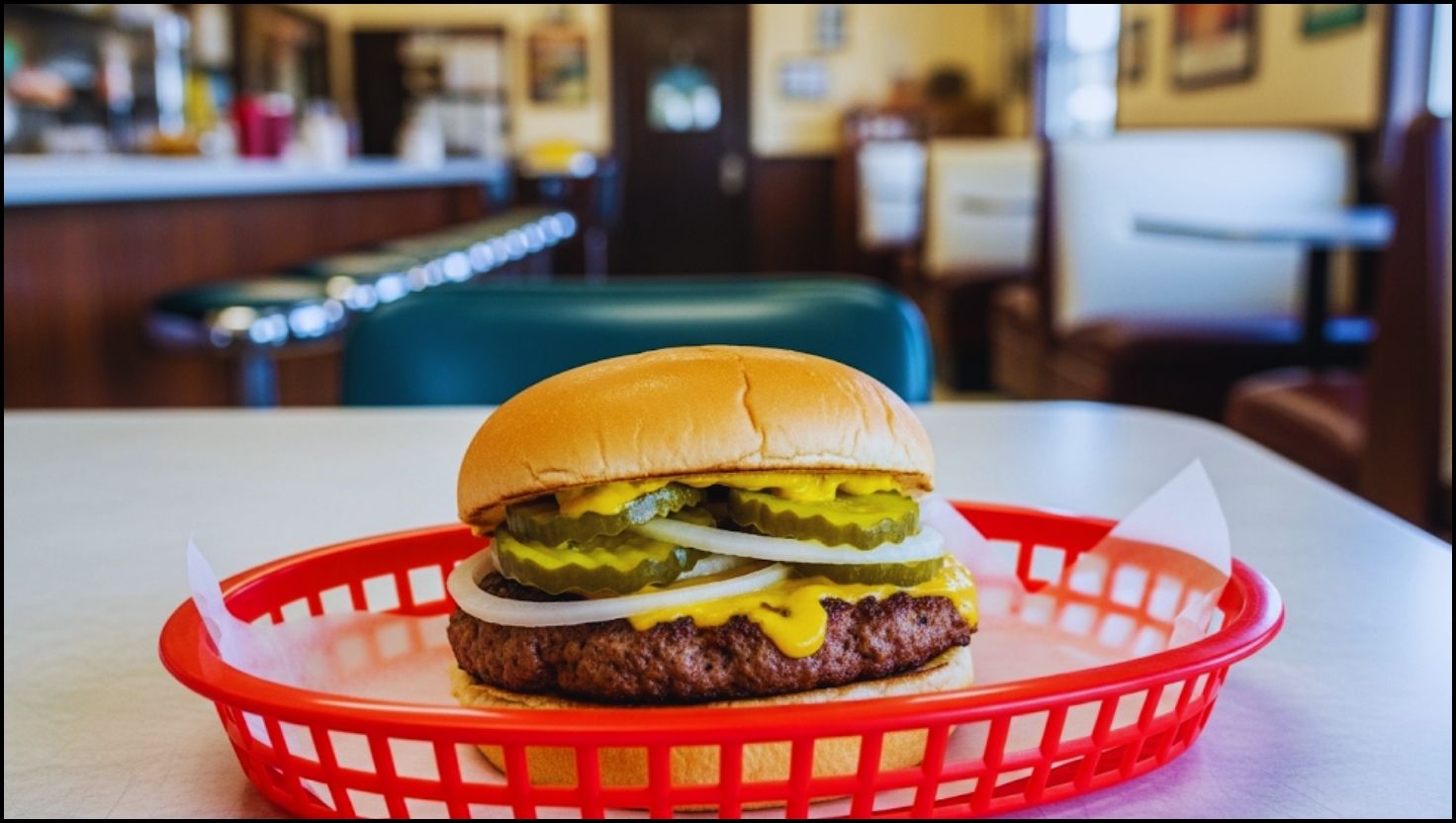In an age of gourmet burgers with premium toppings, a humble sandwich born from economic hardship continues to command a devoted following in northeast Mississippi. The Mississippi Slugburger, a deep-fried patty made with beef or pork and an inexpensive extender, is more than a local delicacy; it is a living piece of history, a testament to the resilience and ingenuity of a community that turned scarcity into a cherished cultural tradition.
From Necessity to Nostalgia: The Origins of the Slugburger
The story of the slugburger begins not with culinary ambition, but with economic necessity. While its precise origin is debated, most food historians trace it to John Weeks, who began selling his version in Corinth, Mississippi, around 1917. The sandwich, however, became deeply entrenched in the regional diet during the Great Depression. As families struggled, extending precious meat supplies was crucial. This gave rise to a signature feature of this Depression-era food: the use of “extenders” like potato flour, breadcrumbs, or, most commonly today, soy grits.
“You have to understand the context of the 1930s. Meat was a luxury,” said Dr. Andrew P. Haley, a food historian at the University of Southern Mississippi. “The ability to mix a small amount of ground pork with an inexpensive filler like soy meal meant you could create a protein-rich, filling meal for a very low cost. It was survival food.”
The name itself is a relic of that era. According to local lore, the sandwiches originally sold for a nickel. The slang term for a five-cent piece at the time was a “slug.” Customers would walk up to a food cart and ask for a “slug burger,” and the name stuck.
What Defines an Authentic Mississippi Slugburger?
Unlike a modern hamburger that is typically grilled, an authentic Mississippi Slugburger is always deep-fried, giving its exterior a distinctive crunch that contrasts with a soft interior. The patty is flatter and often wider than the bun itself. The recipe has remained remarkably consistent over the decades. It consists of:
- A mixture of ground beef or pork.
- An extender, with soy meal being the most traditional choice.
- A simple seasoning, usually just salt and pepper.
Toppings are strictly traditional. A true slugburger is served on a small bun with a smear of mustard, sliced dill pickles, and a heap of pungent chopped onions. Requesting ketchup is often met with a friendly but firm refusal at purist establishments.

“It’s a specific flavor profile. The crunch from the frying, the tang of the mustard and pickles, and the bite of the raw onion—it all works together,” said Chris Witkowski, director of the Corinth Tourism Development Commission. “It’s not trying to be a gourmet hamburger. It’s proud of what it is, and that’s why people love it.”
A Southern Culinary Tradition and a Source of Civic Pride
Nowhere is that pride more evident than in Corinth, which bills itself as the “Slugburger Capital of the World.” The city has hosted the annual Slugburger Festival for over 30 years, a celebration that draws thousands of visitors each July. The festival, organized by Main Street Corinth, features live music, carnival rides, and, of course, a fierce competition for the title of best slugburger.
The sandwich is a cornerstone of the local economy and identity, served at historic diners like Borroum’s Drug Store, Mississippi’s oldest continuously operating pharmacy, and the legendary Weeks Diner. These establishments are not just restaurants; they are community institutions where generations of families have shared the same meal.
This unique dish is a prime example of a Southern culinary tradition that has resisted homogenization. While found in parts of western Tennessee and northern Alabama, its cultural heart remains firmly in northeast Mississippi.
For many, the slugburger’s appeal is rooted in nostalgia. It’s the taste of childhood, of shared meals with grandparents, and of a community’s shared past. “Every time I eat one, I think of my grandfather,” Corinth resident Mary Beth Johnson told the Associated Press during a recent festival. “He used to say it was the meal that got them through the hard times. For us, it’s a celebration.”
As new generations take over the fryers at local diners, there is a conscious effort to preserve the slugburger’s authenticity. While the economic desperation that created it has faded, the sandwich serves as a flavorful reminder of the ingenuity and perseverance of those who came before. It stands as proof that a meal born from hardship can evolve into a beloved and enduring symbol of home.


 How Quick Air Fryer Meals Are Reshaping the American Kitchen
How Quick Air Fryer Meals Are Reshaping the American Kitchen A Depression-Era Staple, Southern Tomato Gravy, Finds New Life in Modern Kitchens
A Depression-Era Staple, Southern Tomato Gravy, Finds New Life in Modern Kitchens Why a Forgotten 1950s Cake with a Secret Ingredient Is Trending Again
Why a Forgotten 1950s Cake with a Secret Ingredient Is Trending Again More Than a Dessert: How Tar Heel Pie Captures the Essence of North Carolina
More Than a Dessert: How Tar Heel Pie Captures the Essence of North Carolina